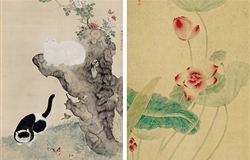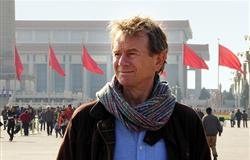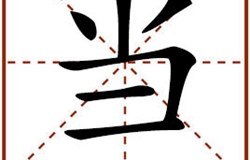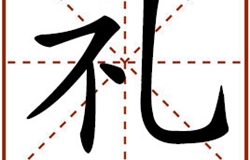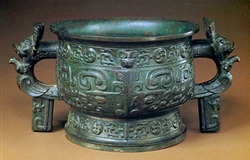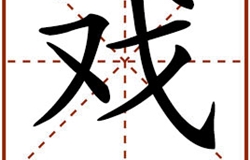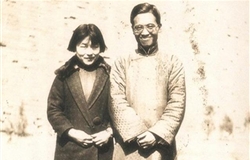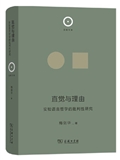Culture
-
"Cats and Butterflies" (left) by the Qing female artist Chen Shu, and "Autumn Colors in a Lotus Pond" (right) by the Qing female artist Yun Bing P…[详细]12-31-2020
-
The Yangtze finless porpoise began facing extinction in recent years. Thanks to the fishing ban and other environmental measures, several groups o…[详细]12-24-2020
-
Michael Wood is an internationally acclaimed historian, film producer, broadcaster and writer. He is currently a Professor of Public History at th…[详细]12-17-2020
-
This is one of the most common Chinese characters. When pronounced as dāng, it often means "be equal to, turn towards, work as, or undertake." Wh…[详细]12-09-2020
-
Edward Mansfield Gunn is an American Sinologist and Professor Emeritus at Cornell University. His research focused largely on modern and contempor…[详细]12-09-2020
-
Bronze gui vessel of Jinlin is dated to the Western Zhou Dynasty (1046–771 BCE). During the Zhou Dynasty, bronzeware was often used to disti…[详细]12-02-2020
-
Yang Jiang and her husband Qian Zhongshu Photo: FILE During the War of Resistance Against Japanese Aggression, Shanghai was occupied by the Jap…[详细]11-25-2020
- In 221 BCE, the Qin wars of conquest brought an end to the Warring States Period, a tumultuous era marked by…MORE
- The tradition of painting coffins is deeply rooted in Han culture, and the origin of the lian-bi patterns ca…MORE
- China’s Great Wall dates back as early as to the Spring and Autumn period.MORE
- The Miaodigou culture was viewed as the heyday of painted pottery.MORE
- Xu Zhimo was known for his efforts to set Chinese poetry free from the constraints of its traditional forms,…MORE
-
Let me state that I am against a certain “apologetic” stance taken by the entire field of the humanities r…[详细]

